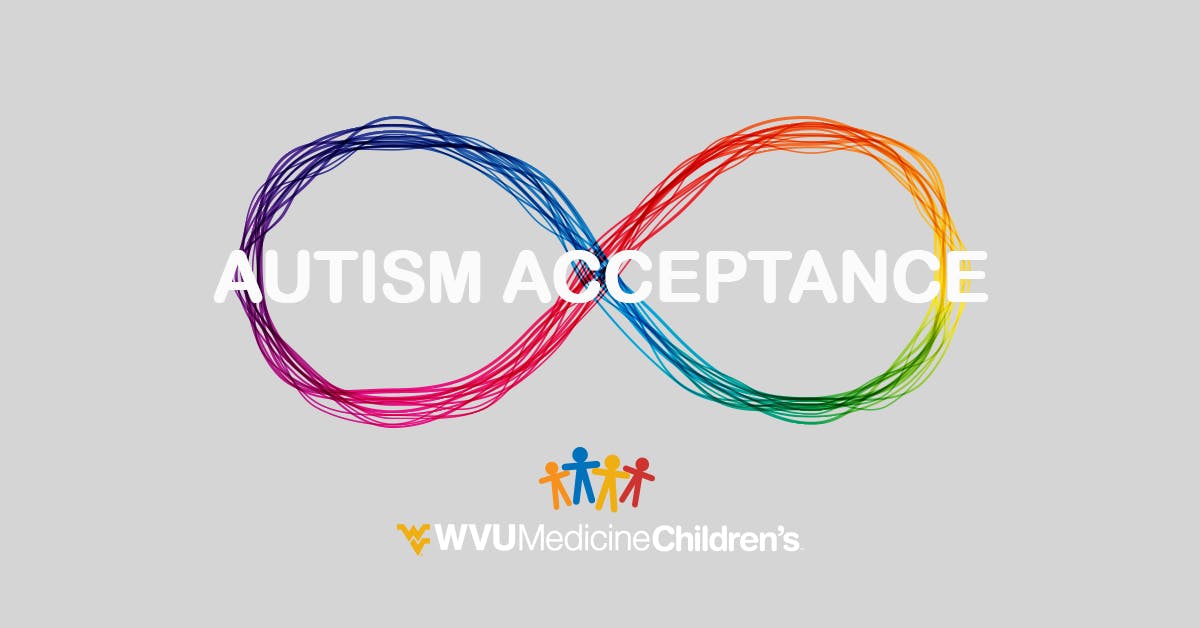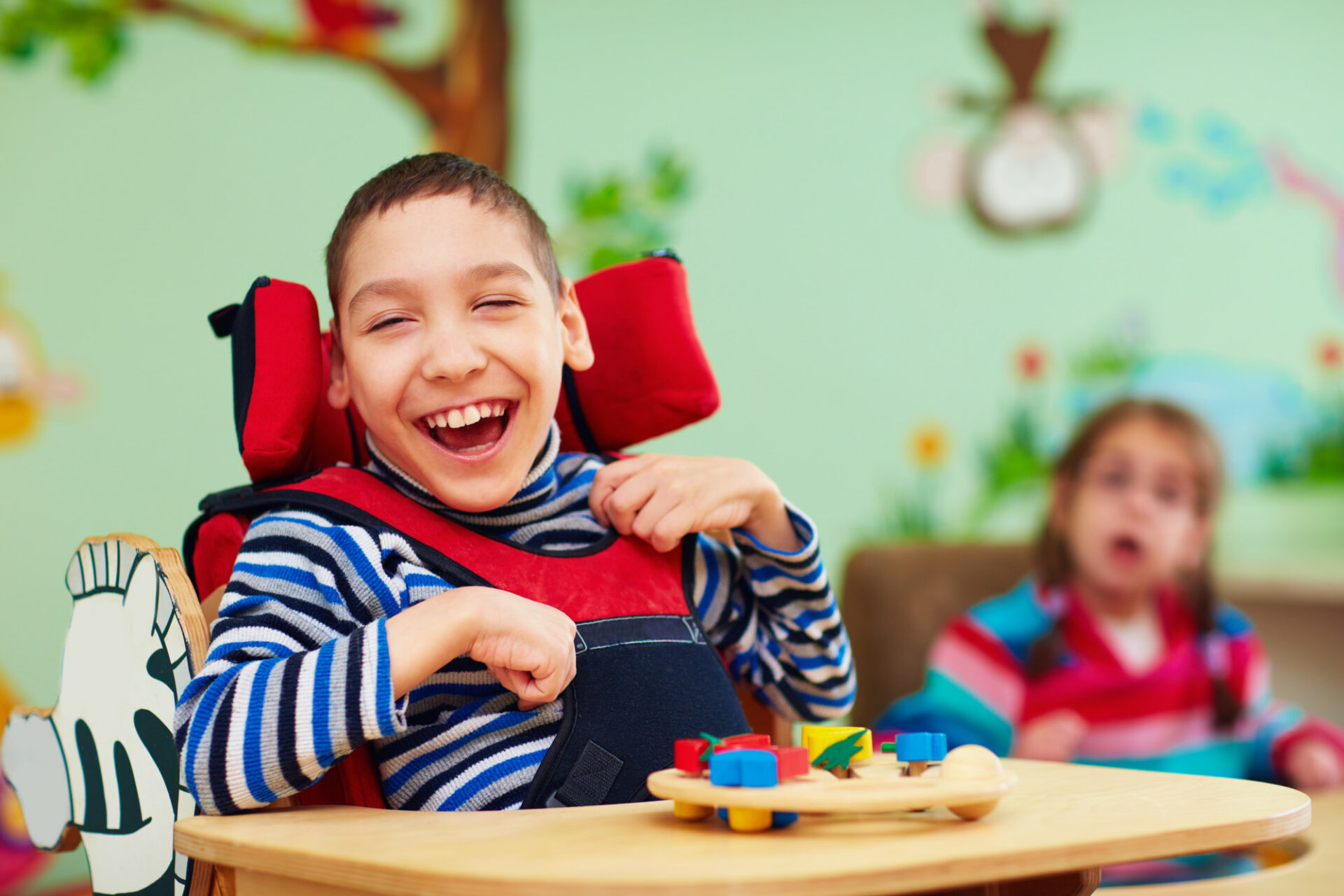Exploring Autism: Methods for Reliable Communication and Communication
Effective interaction and interaction with people on the autism range require an extensive understanding of their unique demands and preferences. The details of these techniques reveal further factors to consider that merit expedition, particularly in exactly how they can be adapted to varied contexts and individual experiences.
Recognizing Autism Spectrum Problem
Autism Spectrum Problem (ASD) encompasses a variety of neurodevelopmental problems defined by challenges in social communication, interaction, and repetitive behaviors. The term "spectrum" mirrors the varied symptoms and differing degrees of seriousness experienced by people with ASD. While some may show significant impairments, others may show high-functioning traits, enabling higher self-reliance in every day life.
The beginning of ASD generally occurs in very early childhood years, with indicators usually recognizable by age 2. Very early indicators may consist of delayed speech growth, restricted eye call, and difficulties in recognizing social hints. Although the accurate etiology of ASD stays uncertain, research suggests a mix of ecological and genetic variables plays a crucial function in its development.
Individuals with ASD frequently possess distinct staminas, such as enhanced focus to information and exceptional memory abilities. Nonetheless, they might deal with recognizing abstract ideas and taking care of modifications to regular. Therefore, interventions and assistance tailored to specific demands are necessary for cultivating interaction and social skills. Identifying the intricacy of ASD is important for advertising understanding, acceptance, and effective methods that facilitate purposeful interactions with individuals on the range.

Relevance of Clear Communication
Reliable interaction is vital for promoting understanding and connection, especially for people with Autism Spectrum Problem (ASD) Clear interaction not just assists in social communications however also boosts the person's ability to express their ideas, requirements, and feelings. For people with ASD, the subtleties of language can often be challenging; consequently, utilizing simple and unambiguous language is important.
Furthermore, clear interaction assists decrease frustration and anxiety that may develop from misunderstandings. When messages are conveyed in a constant and straight manner, people with ASD are better outfitted to analyze info properly, which can significantly improve their social involvement and engagement in different settings.
Establishing regimens and using visual assistances can further reinforce clear interaction. These approaches offer people with predictable frameworks that assist comprehension and retention of info. Furthermore, actively listening and being individual throughout interactions advertises a helpful atmosphere where people with ASD really feel valued and comprehended.
Inevitably, prioritizing clear interaction not only empowers people with ASD but also cultivates even more purposeful connections with their peers, caregivers, and the bigger area, leading the way for joint relationships and comprehensive interactions. - autism
Non-Verbal Communication Strategies
Communication prolongs beyond words, and for individuals with Autism Spectrum Disorder (ASD), non-verbal signs play a significant duty in interactions. Non-verbal communication strategies can consist of facial expressions, motions, body language, and eye contact, all of which function as essential parts for sharing objectives and feelings.
Understanding and interpreting these non-verbal signals can enhance interactions with individuals with ASD. For example, a cozy smile or open pose can develop an inviting environment, encouraging you can look here interaction. Using visual aids-- such as image cards or signs-- can bridge interaction spaces and assist convey messages a lot more properly.
It is additionally vital to be conscious of personal room, as individuals with ASD might have different convenience levels relating to closeness. Observing their responses to physical nearness can notify ideal modifications.

Producing Supportive Atmospheres
Producing a supportive setting is crucial for fostering favorable communications and enhancing the health of individuals with Autism Spectrum Problem (ASD) Such find this environments can significantly lower anxiety and create a sense of security, allowing individuals to express themselves extra openly.
To accomplish this, it is important to think about sensory level of sensitivities that individuals with ASD might experience. Modifying the physical area to consist of soft lighting, very little background sound, and comfy seats can produce a soothing atmosphere. Additionally, making use of regular routines and clear aesthetic timetables can assist individuals prepare for transitions and reduce uncertainty, more promoting convenience.
Social spaces should be structured to lessen frustrating stimulations while supplying chances for involvement in favored tasks. Assisting in areas marked for silent time can likewise offer as a refuge during minutes of anxiety. Importantly, incorporating elements of choice encourages people, permitting them to work out company in their environment.

Urging Social Communications
Fostering social interactions amongst people with Autism Range Condition (ASD) needs willful methods that prioritize comfort and involvement. Developing foreseeable routines can help in reducing stress and anxiety, making social settings much more approachable. Producing structured atmospheres with defined responsibilities and functions enables people to engage without the overwhelming pressure of unstructured social characteristics.
Integrating interests and staminas into social activities can function as a stimulant for interaction. Arranging team activities around shared pastimes or topics of fascination can facilitate all-natural discussions and connections. Additionally, utilizing visual supports, such as social this post scripts or pictorial schedules, can aid in comprehending social cues and assumptions.
Designing proper social habits is important - autism. Adults and peers ought to demonstrate reliable interaction techniques, including active listening and turn-taking. Role-playing scenarios can additionally offer a secure room for people to practice these abilities
Lastly, promoting peer partnerships with inclusive practices is necessary. Motivating inclusive playdates or team trips can create possibilities for socialization in a comfy setup. By executing these caretakers, teachers and methods can substantially improve social interactions for people with ASD, promoting their overall social growth and health.
Conclusion
In conclusion, efficient interaction and interaction approaches are important for sustaining people with Autism Spectrum Condition. Eventually, these approaches equip people with autism to browse social landscapes, promoting their total well-being and making it possible for the advancement of enduring partnerships.
Reliable communication and interaction with individuals on the autism range necessitate a comprehensive understanding of their unique requirements and choices. Clear interaction not just helps with social communications however also boosts the individual's ability to share their ideas, requirements, and feelings.Fostering social communications among individuals with Autism Spectrum Disorder (ASD) calls for deliberate techniques that prioritize comfort and engagement. By carrying out these caretakers, methods and teachers can significantly boost social communications for people with ASD, promoting their overall social growth and wellness.
In verdict, effective interaction and interaction approaches are important for supporting people with Autism Range Condition.